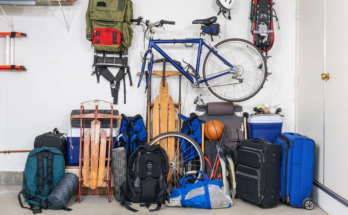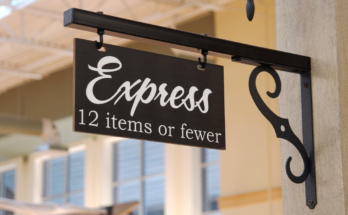
So you want to learn to play the drums. Thrash the skins. Hit some wooden circles with sticks in the pursuit of that sweet, sweet rhythm. In this endeavor I salute you, especially if you’re a kid living at home with your parents (they will learn to deal with the noise).
Drummers are a strange breed. We sit in the back, and most of our efforts go unnoticed and under-appreciated, especially by people who don’t play music or understand how good drumming complements any musical style. When I was taking lessons at the local music shop as a kid, my drumming teacher compared playing a drum kit to flying a helicopter: both skills require you to keep multiple parts of your body in synch at the same time, and anything less will spell disaster.
One thing to note is that learning the drums takes time, but once you get a feel for plugging away at simple beats and rudiments, few things will be more fun.
Start with sticks and a practice pad
Drumming is an investment that takes time, energy, and money. It may also test the patience of those around you, due to the cacophony of sound produced by hitting drums without much skill or practice. If it’s your kid who wants to learn—and even if it’s you, a presumable adult—I’d suggest starting small by purchasing a plastic practice pad and a few pairs of drumsticks.
G/O Media may get a commission
These won’t sound particularly great (they’re plastic, after all), but they’ll help you a get a feel for the basic, rudimentary skills that are the building blocks of better drumming. From there, consult YouTube tutorials. There are tons of them, and they’ll show you what you need to know: paradiddles, single stroke and double stroke rolls, flams, single stroke fours, single stroke fives, buzz rolls, and so on and so forth.
These basic instructions will equip you with at least something to take to a drum lesson, once you feel ready to start them.
Maybe buy a snare drum first
You’ll notice that I’m not advising anyone to jump right into buying a full on kit. Drum kits—well, decent ones, anyway—are expensive and require a great deal of maintenance. You’ll have to learn how to set one up, for starters: You’ll need to know how to arrange your high-hats, rack tombs, floor tomb, kick drum, and all the cymbals and auxiliary equipment you might find appealing. There’s also, uh, lots of tedious knobs and pieces of felt involved.
With that in mind, buy a snare to start out. You can practice the same rudiments on the snare as the plastic pads, only it will sound more like you’re actually drumming. My parents did this for me when I started out, and it was a good move on their behalf; they wanted to see if I was actually interested in drumming verses the mere idea of drumming—and my presence at the snare drum every day was a good sign that I was ready to move on to an actual drum kit.
Start lessons
Unless you’re some kind of virtuoso talent, you’re going to need lessons—at least for a little while. In this age of pandemic and social distancing, it might be a bit longer until you can actually get in the same room with a teacher, but it should be easy enough to find drum lessons online. If you’re itching to start a relationship with a drumming sensei, there are a lot of online resources at your disposal. I’d recommend reading an instructor’s reviews (if available), and making a discerning decision from there. If none of the bigger, digital-first lesson plans seem like they might work, consult your local music store, as it might be offering lessons online anyway.
Once you’ve found a good teacher, you’ll definitely be given a book of basic drum tabs. The drum sheet music will show you how drum beats are articulated in written form, so you can learn to read basic music. It’s like speaking another language, so you’ll start small and build from there.
Buy a drum kit
Congratulations, you’ve earned the right to spend money on a big ole’ drum set that would make John Bonham and Buddy Rich proud. Talk with your teacher or the folks at the drum shop about the kind of kit best-suited to your ambitions. My personal view is kind of minimalist: I play a four-piece kit with one crash cymbal and a ride cymbal (not that you’d ever need more than one ride cymbal).
If you can jam out and groove on a smaller kit, you don’t need anything fancy. At the very least, you should definitely start playing with other people (when you can do so safely, mid-pandemic), and just enjoy yourself. And if you want to pretend you’re Neil Peart and buy a 30-piece kit, go for it. I’d gladly mess around on it with you.



